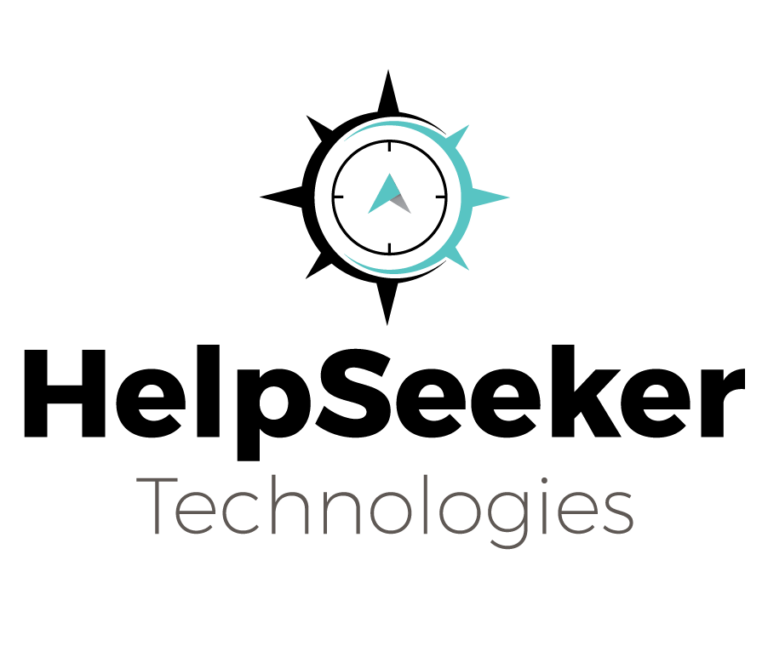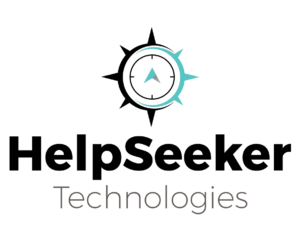Canada’s social safety net — inclusive of community and social services, benefits, and programs — amasses $380 billion in revenues every year. Despite sizable investment and good intent, the sector is fragmented and fraught with inefficiencies that hamper impact, value for money, and innovation.
Revenues in the sector are primarily driven by government contracts, donor dollars, and some fee-for-service. Convoluted processes have created barriers for those needing social support, and administrative inefficiencies for those delivering services. As a result, the sector is constantly challenged by a lack of transparent KPIs and systems-level proof of ROI for the $380B+ in annual revenues. In turn, donors and taxpayers are becoming skeptical of the value of the sector, especially during times of economic uncertainty. Critically, users — those who seek support for homelessness, poverty, abuse, etc. — consistently report that the system is fragmented, dehumanizing, and ineffective. We have to do better.
We have the opportunity to revolutionize the social sector by combining best-in-class digital solutions already available. Combined, these tools can support those looking for social support, those delivering services, and those investing in social impact with tools to better navigate services, optimize service delivery, improve decision making, anticipate needs, and enhance impact. If we fail to embrace the technology, the sector will be forced to adopt outdated or unnecessary tools repurposed from other industries.
However, to get maximum value, this sector should not just adopt the newest and shiniest tools and instead focus on technologies that can drive social change. Based on extensive market research, talking to a variety of stakeholders, and examining existing products, we believe the following five technologies will be vital in the next few years for this sector.
Digital ID
Built on state-of-the-art blockchain technology, digital ID moves from fragmented information to increased privacy and control for end-users. Gone are the days where sharing personal information is done in dozens of steps. By providing a safe and secure authentication platform, people will have complete control over their information: including when, how, where, and to what extent (ex. time, anonymity, level of detail) their data is shared.
Digital ID is already being used and piloted in travel, health, and finance. Looking for social sector examples? Keep an eye on Medicine Hat as one of the first communities to implement digital ID in this realm.
Digital Social Service Experiences
Digital experiences provide the most accessible, safe and flexible services. Digitization gives citizens the option to choose how they want to access services, through their entire service journey. Whether it’s looking for help, accessing a service, or exiting care, innovations are already underway to digitally transform the public service sector. For example, designing intelligent blueprints for service delivery can automate repetitive administration tasks, allowing social workers to focus on relationships with clients rather than following cumbersome protocols. Digitized service delivery can also give people the option of accessing information & services on their own time rather than being restricted by the limited hours or capacity of civil society services.
Whether the client chooses to use the digital options or not, having these systems in place opens up resources & capacity for the service providers to focus on what really matters. We are in the process of digitizing how people navigate services across all social safety net providers thanks to the federal social investment, but there is a lot more that needs to be done to get us all connected and ease access to those looking for help.
Data Analytics & Visualization
Gone are the days of dated, hundred-page reports that cost communities tens, or even hundreds of thousands of dollars. Now, real-time data insights can be visualized & analyzed, ensuring policy-makers and funders have the most valuable data available to them at the right time. By removing the time lag between starting and completing a report, we can understand social issues quicker, and therefore respond quicker.
One example of how this is becoming part of the practice is HelpSeeker’s Community Success Hub – which is a digital social decision support platform. It takes in hundreds of data points pertinent to the social sector, to generate trends, comparisons, in-depth analysis and insights at your fingertips at a fraction of the cost and time of traditional needs assessments. More than trends, the platform also generates suggestions and solutions to shorten the time from research to action.
AI to Better Understand and Predict Social Issues
With artificial intelligence & machine learning available, we can challenge reactive models to social policy by using technology to get ahead of social issues. Data is the key to decision making, and the social sector is no exception to this. By looking at this historical data on social, health, and economic development indicators, as well as new data rolling in in real-time, we can not only identify trends but also predict specific instances of the most pressing issues facing our society.
For example, HelpSeeker developed an algorithm in partnership with Canada’s Digital Supercluster to predict instances of homelessness, suicide, and domestic violence. These predictions allow us to get ahead of issues before they happen: focusing on targeted prevention rather than reacting to things as they happen. This is also pulled together with insights & solutions as a part of HelpSeeker’s innovative Community Success Hub .
Low Complexity Information Systems
Because the social sector relies so heavily on different levels of government & philanthropy for revenues, the relationship between service providers & funders is almost purely focused on financial accountability. As a result, the social sector is burdened with endless financial reporting in order to compete for the money they need to serve their clients. Yet many current solutions to this are high cost, require heavy customization and high technical literacy in an organization.
If developed and deployed correctly, Client Relationship Management Systems (CRMs) can automate this reporting, cutting down on the tedious costs of wrangling data and working between several reporting platforms. This will shift the sector away from burdensome reporting and costly database customizations, finally solving the pain of multiple reporting platforms with little value add.
Getting Ready For Tech Innovation
Lots of opportunities are afoot for the social sector. Here are a few steps to getting started with these tech innovations.
- Digitize: This includes a review and analysis of current data collection and analysis systems/approaches, the way we deliver and experience social services, and how we report on them to the public and decision-makers.
- Build a Roadmap to create a clear path to digitization, involving those we support (clients, service users), those we fund (service providers), and those we co-invest with (other funders and policymakers, and own organizations)
- Take Baby Steps: a modular, incremental approach is going to let you learn and adapt with less risk than a full-scale turnaround in the long term. For instance, start with Systems mapping implementation, then move to funding integration.
- Download the Tool Roundup below: 5 Tech Innovations Every Social Policy Maker Should Know About.





